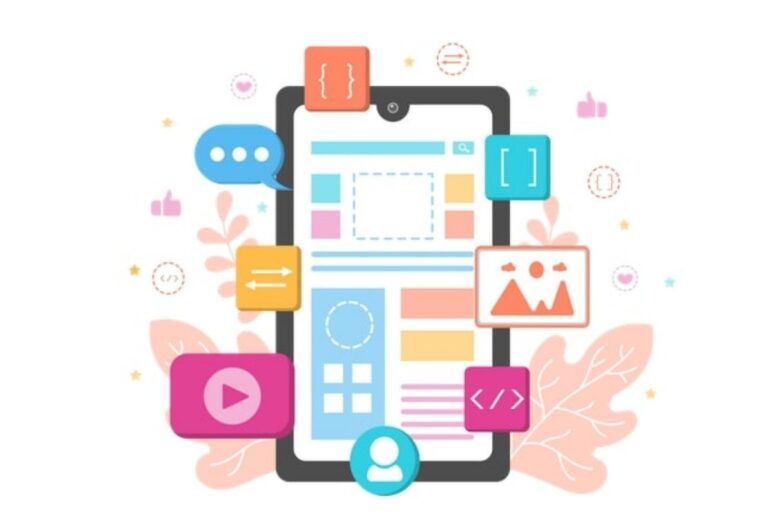What is AI and Robotics in Manufacturing?
AI, or artificial intelligence, is the development of computer systems or machines that can perform tasks that typically require human intelligence. Robotics, on the other hand, involves the design, development, and use of robots to automate various tasks and processes. When combined, AI and robotics have the potential to revolutionize the manufacturing industry.
The Benefits of AI and Robotics in Manufacturing
The implementation of AI and robotics in manufacturing offers numerous benefits, making it an attractive option for many companies. These benefits include increased efficiency, improved quality control, reduced costs, and enhanced safety measures.
One of the main advantages of AI and robotics in manufacturing is increased efficiency. By automating tasks that were previously performed by humans, production processes can be streamlined and completed at a faster pace. This leads to shorter lead times and a higher output of finished products.
In addition to increased efficiency, the use of AI and robotics in manufacturing also allows for improved quality control. Machines and robots are programmed to perform tasks with a high level of accuracy and consistency, reducing the risk of human error. This leads to a higher quality and more consistent end product, which can enhance a company´s reputation and increase customer satisfaction.
Furthermore, implementing AI and robotics in manufacturing can result in reduced costs for companies. While the initial investment in the technology may be high, the long-term savings in labor costs and increased production can be significant. Additionally, with the use of smart machines and robots, companies can also save on energy costs and minimize material waste.
Safety is another crucial aspect of manufacturing, and AI and robotics can play a significant role in enhancing safety measures in the industry. By taking over dangerous and physically demanding tasks, machines and robots can reduce the risk of workplace accidents and injuries. This not only protects employees but also leads to a more productive and efficient workforce.
The Impact of AI and Robotics on Jobs in Manufacturing
One of the primary concerns surrounding the implementation of AI and robotics in manufacturing is the potential impact on jobs. Many fear that these technologies will replace human workers, leading to widespread unemployment.
While it is true that some jobs may be automated as a result of AI and robotics, this does not necessarily mean a complete elimination of jobs. Instead, it is likely that jobs will be transformed, with humans working alongside machines and robots. This could lead to the creation of new roles involving the design, programming, and maintenance of these technologies.
Additionally, the implementation of AI and robotics in manufacturing can result in the creation of new jobs in other industries. For example, the development and production of these technologies will require a skilled workforce, leading to job opportunities in the fields of engineering, programming, and research.
Examples of AI and Robotics in Manufacturing
AI and robotics are already being utilized in various manufacturing industries, with impressive results. Examples of these technologies in action include the use of robots in assembly lines, machine learning systems for predictive maintenance, and automated vehicles for material handling and transportation.
In the automotive industry, robots are commonly used for tasks such as welding, painting, and assembly. This has led to increased productivity, improved quality control, and reduced costs for companies. Similarly, companies in the aerospace industry have also implemented AI and robotics for tasks such as aircraft assembly and maintenance.
Another example of AI and robotics in manufacturing is the use of autonomous vehicles in warehouses and distribution centers. These vehicles can efficiently move and sort materials, saving time and reducing the risk of human error. This technology has also been expanded to include self-driving trucks for transportation, which can potentially revolutionize the logistics industry.
The Future of AI and Robotics in Manufacturing
The future of AI and robotics in manufacturing is full of exciting possibilities. As technology continues to advance, we can expect to see even more impressive applications in the industry. These may include the use of advanced wearables and exoskeletons for human workers, smart factories with fully automated production lines, and even the potential for self-replicating robots.
Furthermore, the development of AI and robotics in manufacturing is also leading to advancements in other areas such as machine learning, natural language processing, and computer vision. These developments can potentially have a significant impact on a wide range of industries, resulting in improved efficiency, productivity, and innovation.
Conclusion
In conclusion, the integration of AI and robotics in manufacturing has the potential to bring about significant changes and improvements to the industry. With benefits such as increased efficiency, improved quality control, reduced costs, and enhanced safety measures, it is clear that these technologies can have a positive impact on businesses and the economy as a whole. However, it is crucial that proper measures are taken to ensure the responsible and ethical use of AI and robotics, as well as to address any potential job displacements. Ultimately, it is essential for companies to embrace and adapt to these technological advancements to stay competitive in the constantly evolving manufacturing landscape.

